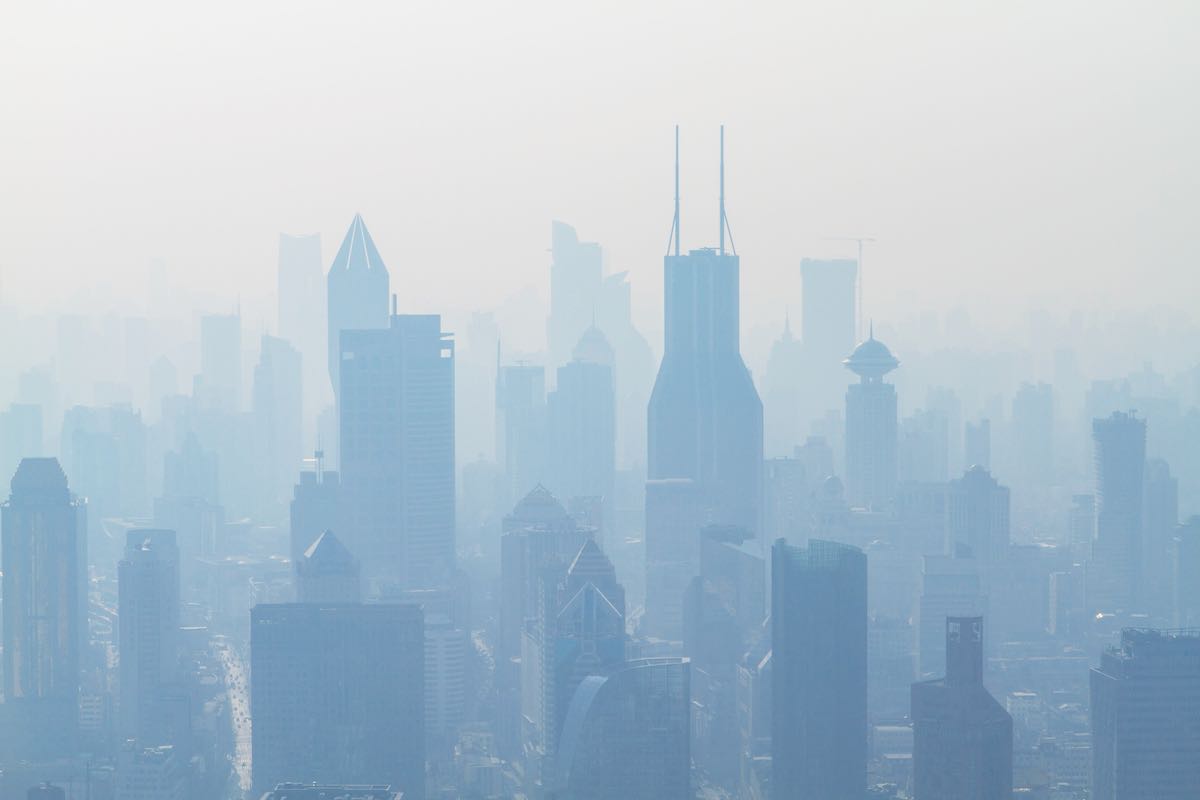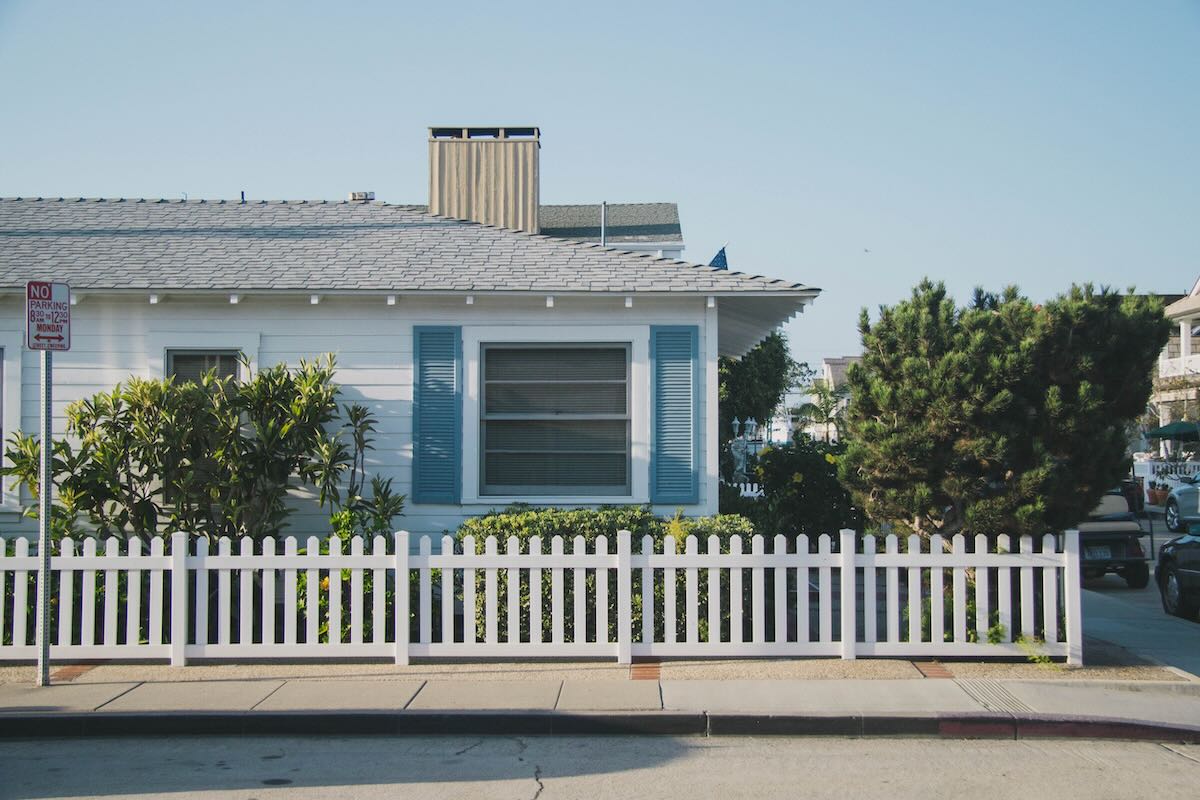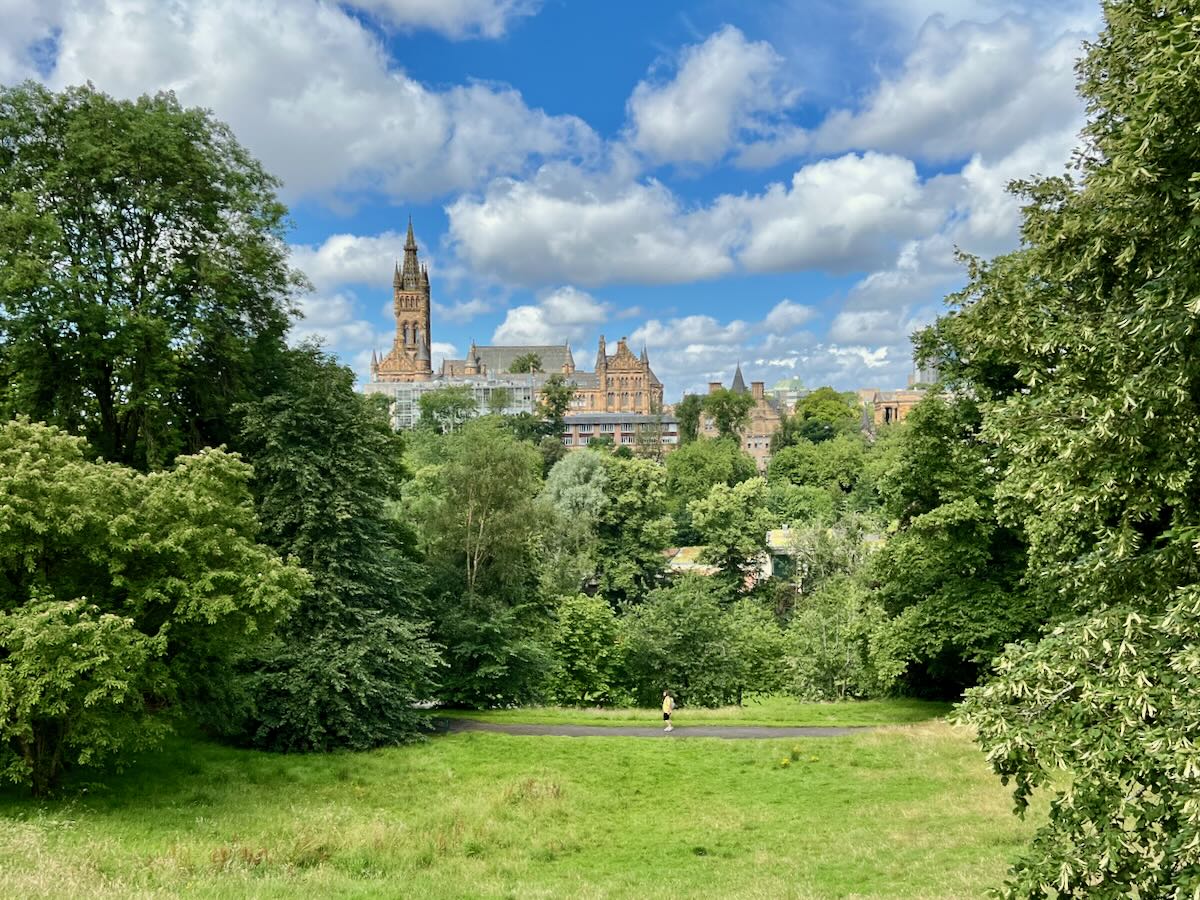Urban Green Space – Issue 77
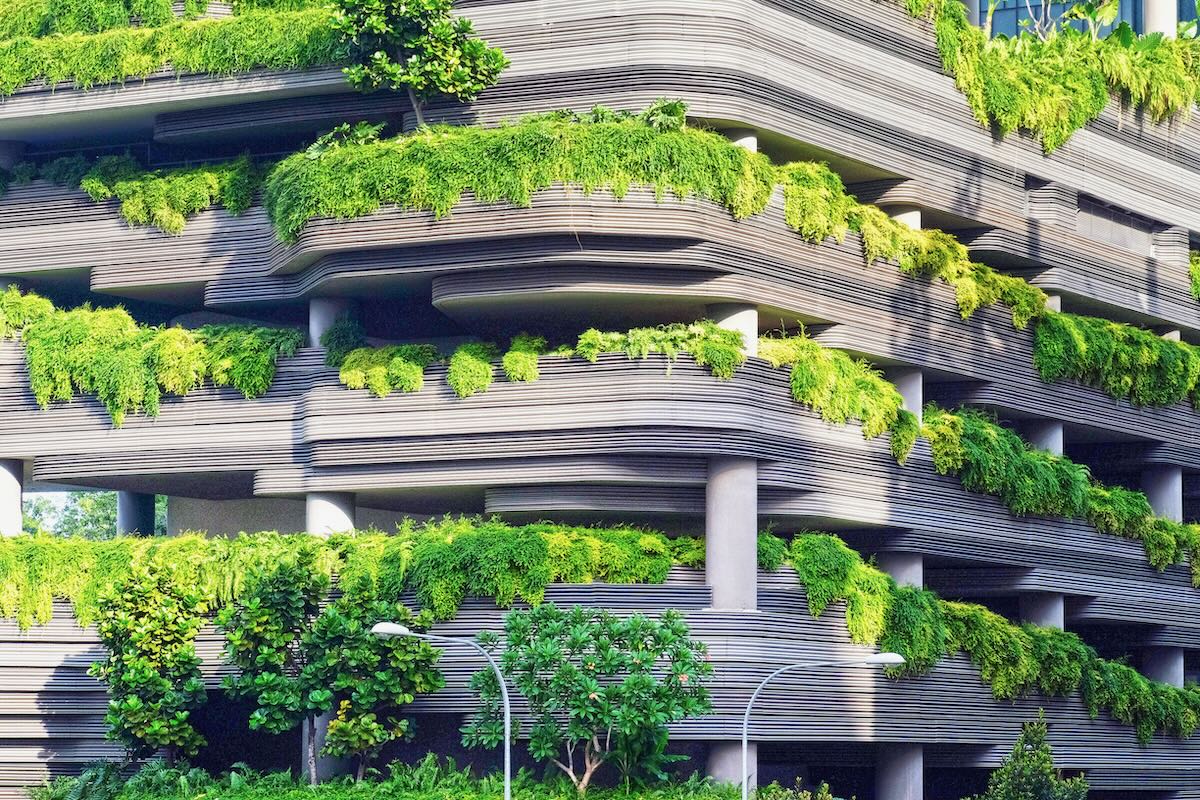
We need urban green space! And yes, we have to preserve agricultural land and wilderness areas. The biggest road blocks to achieving these objectives: suburbanites demanding development freezes to halt densification. Densification results in more urban green space – not less. Also, it helps prevent urban sprawl to more distant municipalities that grow by re-zoning agricultural land and cutting down forested areas.
Example One
I live in the Montréal suburb of Pointe-Claire. After the Second World War, veterans housing built in this municipality consisted of small homes on half-acre lots. Now, most of these small homes are being demolished and the large properties divided into two lots of about 10,000 square feet (“sf”) for new homes. So four homes will sit on two of the old half-acre lots – about 43,000 sf.
So a touch more density – but not much more! However, consider instead a development like Blackbirds in Los Angeles . The development sits on a little less than 36,000 sf and consists of:
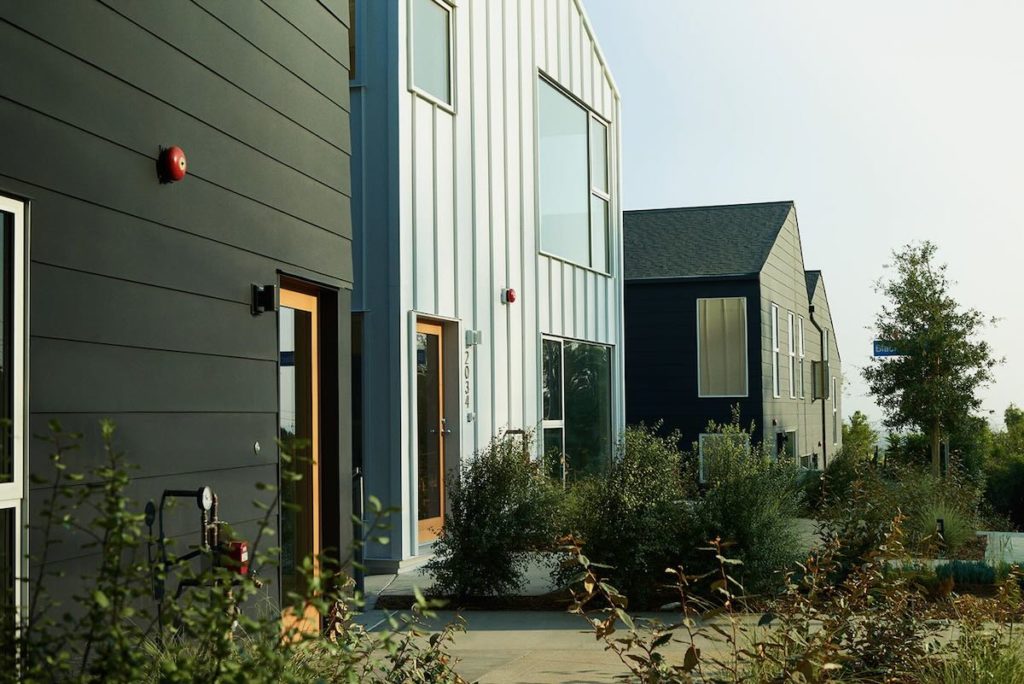
- 18 homes of about 1900 sf
- a central courtyard with parking and green space. Indeed, with underground parking, the whole courtyard could be a landscaped area
Additional benefits:
Each half-acre lot sells for about $1.0 million and the land cost per home post-subdivision is about $600,000. The land cost for 18 homes on the same land assembly – approximately $135,000! A reduction of $465,000 per home goes a long way to improving home affordability.
Also, if Blackbirds uses 36,000 of 43,000 sf, another 7,000 sf remains available for a pocket park or perhaps access to a larger municipal park. An additional 14 homes means 14 families that do not need to move further away from the city creating urban sprawl that chews up agricultural land and forrest.
Example 2
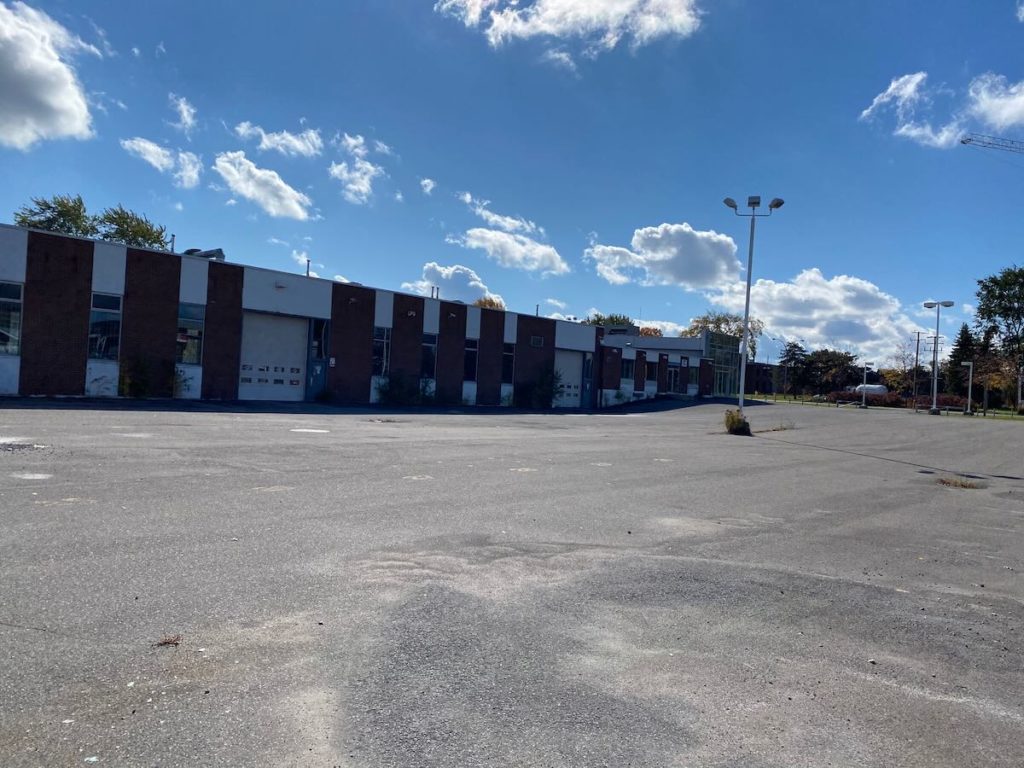
Automobile-friendly suburbs have shopping centres with huge parking lots – environmentally unfriendly heat islands. In order to reduce public reliance on cars, urban areas invest in rapid transit systems and promote transport oriented developments (“TOD(s)”). So, imagine a real estate owner that has a mass transit hub adjacent to its property. When considering the right things to do for both it and the community, it plans to:
- Rip up part of the heat island parking lot and replace it with:
- 1300 residential units in “green buildings” where the above-ground parking previously existed
- Invest in a 50,000 sf courtyard with 100 mature trees
- And, less fortunately & because of required parking ratios, build a unobtrusive and greened parking structure over existing surface parking.
The impact:
- The 2500 or so residents of the new development would not be forced to move to municipalities that are expanding into agricultural land and forrest.
- Abundant access to public transit would reduce the number of car trips and tail-pipe pollution
- A useful addition to the housing supply – more supply, more affordability
- An improved municipal tax base
Urban Green Space
These are two easily understandable examples of how adding density not only:
- Helps reduce urban sprawl
- Reduces tail-pipe pollution
- Makes a meaningful contribution to housing supply
But also preserve and add to urban green space.
Additionally, the justifiable focus on preserving large existing green areas and park space overlooks other possibilities. New, dense development provides opportunity to be greener. Opportunity for environmentally friendly buildings, enhanced landscaping plans, and tree plantings / shaded areas in parking lots. And often lost in the shuffle, the opportunities to build small, neighbourhood pocket parks, particularly those that provide access to larger green areas.
Urban density is not the enemy of green space – it is its ally. Municipal stalling of the development of heat islands is not heroic. it is short-sighted. Development freezes of theses areas equal lost opportunity and lead to long delays in the greening of the urban environment and contribute to the housing shortage.
